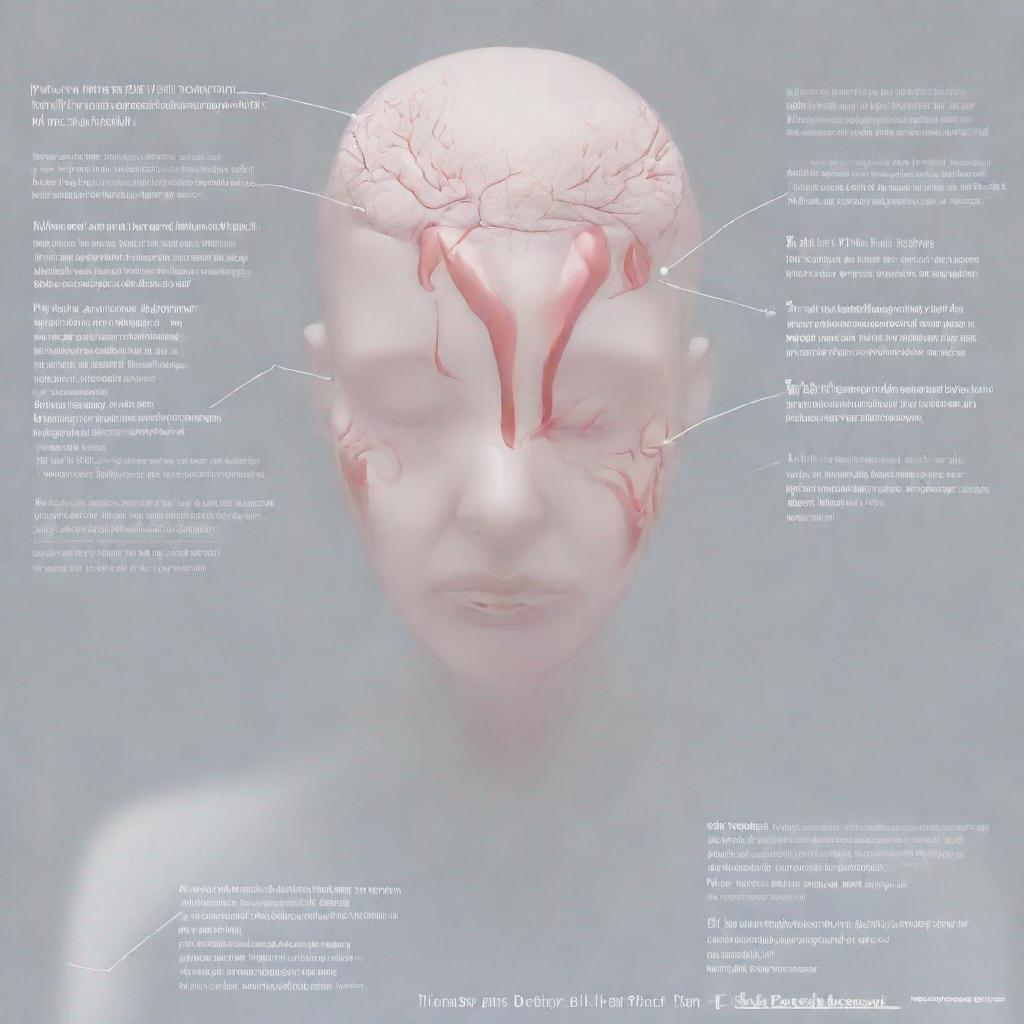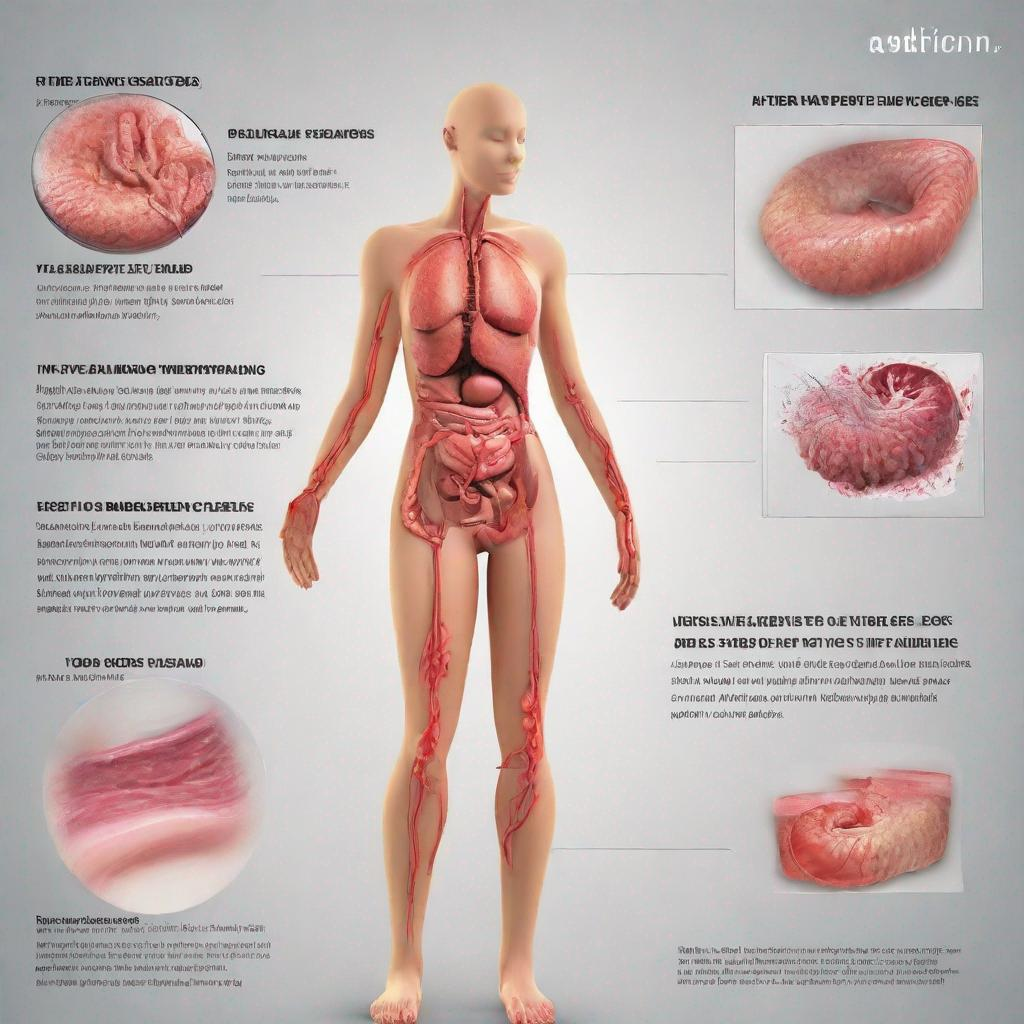## Migraine: A Comprehensive Guide
### Introduction
Migraine is a common neurological disorder characterized by severe, debilitating headaches. These headaches typically manifest as pulsating or throbbing pain that ranges from moderate to excruciating intensity and is often concentrated on one side of the head. Other symptoms may include nausea, vomiting, sensitivity to light and sound, and vision changes (aura).
### Diagnosis
Diagnosing migraine involves a comprehensive evaluation by a healthcare professional, typically a neurologist or headache specialist. The diagnosis is based on a thorough medical history, a detailed description of the headache characteristics, and a neurological examination to rule out other underlying medical conditions.
### Tests
In certain cases, additional tests may be necessary to confirm the diagnosis or rule out other potential causes:
– **Headache diary:** Recording the frequency, duration, and intensity of headaches can provide valuable information for diagnosis and treatment planning.
– **Neurological examination:** This exam tests for any neurological abnormalities, such as weakness, numbness, or visual disturbances.
– **Magnetic resonance imaging (MRI):** An MRI scan can detect any structural abnormalities in the brain that may contribute to migraines.
– **Computed tomography (CT) scan:** A CT scan is used to rule out any underlying structural issues, such as tumors or bleeding.
– **Electromyography (EMG):** An EMG measures electrical activity in the muscles, which can help diagnose hemiplegic migraine.
– **Electroencephalography (EEG):** An EEG records brain activity, which can detect any abnormal patterns associated with migraines.
### Types of Migraine
There are several types of migraine, including:
– **Migraine with aura:** Characterized by sensory disturbances, such as visual changes, before the headache begins.
– **Migraine without aura:** The most common type of migraine, without any preceding sensory disturbances.
– **Hemiplegic migraine:** A rare type of migraine that causes temporary weakness or paralysis on one side of the body.
– **Retinal migraine:** Causes temporary loss of vision in one eye.
– **Status migrainosus:** When a migraine persists for more than 72 hours.
– **Chronic migraine:** Occurs on 15 or more days per month.
### Prevention
While there is no definitive cure for migraines, certain measures can help prevent or reduce their frequency and severity:
– **Identifying and avoiding triggers:** Triggers vary from person to person but may include stress, hormonal changes, certain foods, and environmental factors.
– **Maintaining a regular sleep schedule:** Aim for 7-9 hours of sleep each night.
– **Exercising regularly:** Moderate-intensity exercise can reduce the frequency and intensity of migraines.
– **Managing stress:** Stress is a common migraine trigger. Techniques such as meditation, yoga, or deep breathing exercises can help manage stress levels.
– **Medications:** Certain medications, such as beta-blockers or anticonvulsants, can be prescribed to prevent migraines.
### Treatment
Treatment for migraines aims to relieve pain and other symptoms during an attack and prevent future occurrences.
**Medications:**
– **Triptans:** First-line medications for acute migraine treatment.
– **Nonsteroidal anti-inflammatory drugs (NSAIDs):** Over-the-counter pain relievers, such as ibuprofen or naproxen.
– **Opioids:** Typically used only in severe cases.
– **Anticonvulsants:** Prevent seizures but can also be used to treat migraines.
– **Beta-blockers:** Lower blood pressure and may reduce the frequency of migraines.
– **Calcium channel blockers:** Used to prevent migraines and cluster headaches.
**Non-pharmacological:**
– **Acupuncture:** May reduce migraine frequency and intensity.
– **Biofeedback:** Teaches techniques to control physiological responses, such as heart rate and blood pressure.
– **Cognitive behavioral therapy:** Helps individuals manage thoughts and behaviors that contribute to migraines.
– **Massage therapy:** Can relieve tension and stress, which may reduce migraines.
– **Relaxation techniques:** Yoga, meditation, and deep breathing exercises can help manage stress and reduce migraine frequency.
### Complications
Untreated migraines can lead to several complications, including:
– **Chronic migraine:** Can impair quality of life and interfere with daily activities.
– **Medication overuse headache:** Excessive use of migraine medications can worsen headaches.
– **Depression and anxiety:** Migraine sufferers are more likely to experience these mental health conditions.
– **Cognitive impairment:** Migraines can cause temporary or persistent cognitive difficulties.
### Migraine Research
Ongoing research aims to improve the diagnosis, treatment, and prevention of migraine. New medications and non-pharmacological therapies are being developed, and studies are investigating the genetic and environmental factors that contribute to migraine susceptibility.




